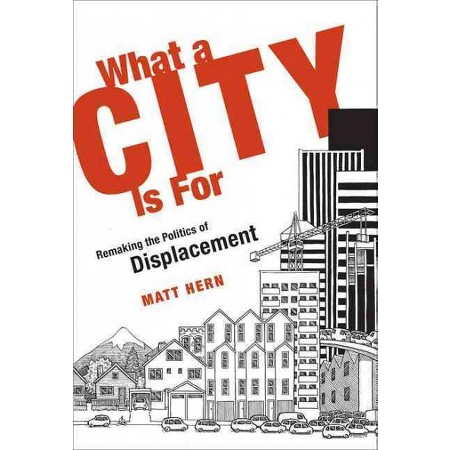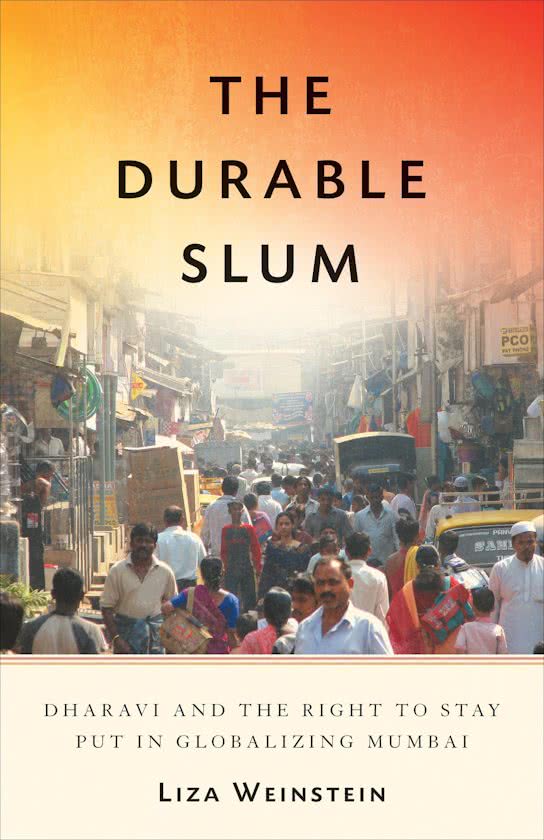In the public's interest: Evictions, citizenship, and inequality in contemporary delhi
gautam bhan
(University of georgia press, 2016)
a) What is the central argument of your book?
The city of New Delhi has been scarred in the past two decades by the large-scale evictions of the homes of some its poorest and most vulnerable residents. The core argument of the book is these evictions mark an urban restructuring in contemporary Delhi that are sites where broader shifts in political economy, inequality and citizenship can be read. This is principally because contemporary evictions have been the result of judicial orders within what are called Public Interest Litigations filed in the Delhi High Court and the Supreme Court of India. I thus ask: what does it tells us about notions of the “public” and the possibilities of citizenship if an eviction can be seen as an act of public interest? Further, what does it mean for urban politics for the judiciary – rather than the executive – to be the agent of this transformation? In my arguments, I contend that evictions signify a moment of closure for the historical forms of political, legal, social and economic negotiations that have thus far comprised the urbanism of New Delhi as well as many cities of the global south. They mark an altered urban politics where a set of familiar referents– development, order, governance, citizens, and the public– are redefined to not only enable evictions but also to see them as acts of good governance, order and planning
I read then, from evictions, four kinds of arguments. The first is the now long-standing debate to understand urban informality/illegality including their impact on conceptions and practices of law and planning, the production of space and the regulation of value. The second is a set of debates on “good governance,” read through their rationalities, modes and, particularly, their intersections with ideas of “planned development” within rapidly transforming cities. The third is the political field of urban citizenship and the possibilities of substantive rights and belonging in the city rather than the nation. The fourth is resistance and the ability of subaltern residents to struggle against exclusion from the cities they inhabit and, in many cases, built. Across these two, I use further inquiries to cut across these four, and, in a sense, bring them together. The first of these is the role of the judiciary and a broader set of questions about the relationships between law and urbanism in cities of the global south. The second is to study the relationship between democracy and inequality in the city, thinking about modes of urban change and exclusion that happen through democratic processes rather than in their absence, as well as the ways in which inequality is then (re)produced in our cities.
b) Why and how ‘displacement’? What original insights (empirical, conceptual, normative, methodological) does your book provide in regard to the question of ‘displacement’? Is displacement a useful category (as compared to alternatives, such as dispossession, expulsion, exclusion)?
For a book whose core archive and empirics are grounded in the literal destruction of slowly, incrementally built urban form (reduced often to the “slum”), displacement is a key political as well as intellectual category for me to inhabit. Using it is a testament to the narratives of anti-eviction movements and struggles, and not ceding to other substitutes such as “improvement,” or “redevelopment” are a key part of refusing a flattening narrative of urban transformation, change, renewal and development. The latter are more amenable to hide within their layers the trade-offs, differential consequences for different residents, a haunting of inequality both structural and deeply local, as well as the violence that such change requires, uses and reproduces.
For my work, displacement also enables an insistence on spatiality that I find analytically valuable. The work that has to be done is to then think about how we mine this concept and root it in multiple analytical layers. Too often, the aesthetic, economic, spatial and socio-political, for example, are not read together when thinking about displacement. This is, I would argue, linked to political practice that doesn’t hold the strategic far enough from the analytical, or intellectual work that can reduce work on and with the category of displacement to very simplistic notions of the working of power. I mean by this that the locations of power are seen to be self-evident and static, and the ways in which it works to be, to put it directly, like a blunt object.
Coming from and fully empathizing with what motivates both these positions and practices as an activist and academic, I struggle in my own work – and possibly didn’t quite succeed – to be specific about the particular ways in which power exercises itself, the language it uses, the routes and institutions it chose (specifically for me: law), and how it legitimized itself. I think that using displacement as a concept or category requires us to be deeply attentive to such particularity especially if we are concerned with formulating an effective resistance or alternate praxis.
3) Authors are also encouraged to engage with any one of the other books that are a part of this series, preferably about a book that is located in a different geographic context. Since authors are deeply grounded in specific country contexts, this set of responses will help to expand the conversation to a wider comparative frame between the U.S and India.
I have had occasion to read Asher Ghertner’s work for some time now, including Rule by Aesthetics. I think one of his core arguments – about the “grid of norms” that determine legality by what looks legal rather than what is— points us further in the direction of seeing “law” as a socio-political field of practices that is produced and reproduced constantly. In this, the Law becomes not a self-evident, bounded institution but a site of political contestation and the construction of meaning. In thinking about displacement and urban change, this has been a fundamental provocation that has informed my own thinking and challenged my disciplinary training and biases. Aesthetics is a common referent in urban studies but one whose intellectual and epistemological trajectory has been particular. Taking it into law while rooting it in the way urban form emerges as an object within legal reason was an engagement I deeply valued. I think the aesthetic has historically been and is particularly now a primary vector through which power structures mobilize political opinion, capital and affect, and paying attention to it as a way of making meaning in rapidly changing cities is essential across contexts but particularly in the aspirational landscapes of the cities of the global south.
Gautam Bhan works on the politics of poverty, inequality and development in Indian cities with a focus on housing, social security, governance and urban and planning theory. He co-anchors on-going research at the Indian Institute for Human Settlements on “Reframing Urban Inclusion.” Most recently, he co-authored Swept off the Map: Surviving Eviction and Resettlement in Delhi as well as several journal articles. Gautam has extensive experience in advising public institutions including providing inputs to the Rajiv Awas Yojana and the New Delhi Municipal Act. He is an active part of urban social movements as well as a frequent columnist and writer in diverse media. He was also a fellow at the Social Science Research Council 2009-10; Berkeley Fellow 2007-2012; and received the award for Distinguished Academic Achievement at the College of Environmental Design, Berkeley 2012







